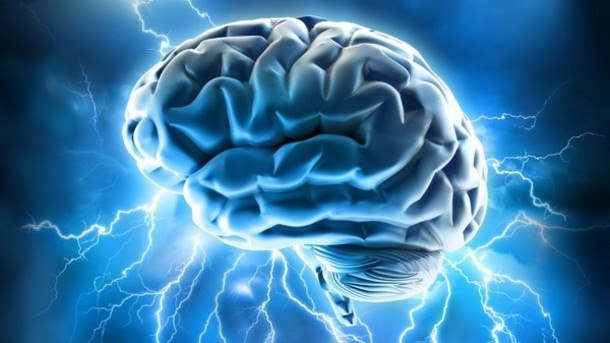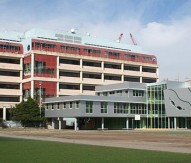
Physical activity could aid brain
Experts have suggested that exercise may enhance the essential plasticity of the adult brain.
The findings, funded by the European Research Council, focused on the visual cortex and can be seen as beneficial for people with conditions such as amblyopia (sometimes called lazy eye) and traumatic brain injury.
The plastic potential of the cerebral cortex is greatest early in life when the developing brain is moulded by experience. Brain plasticity is generally thought to decline with age and this decrease in the brain’s flexibility over time is especially pronounced in the sensory brain, which displays far less plasticity in adults than in younger people.
During the investigation, researchers measured the residual plastic potential of the adult visual cortex in humans using a simple test of binocular rivalry. Whilst the majority of time our eyes work together, for people who have one eye patched for a short period of time, the closed eye becomes stronger as the visual brain attempts to compensate for the lack of visual input. The strength of the resulting imbalance between the eyes is a measure of the brain’s visual plasticity and can be tested by presenting each eye with incompatible images.
Commenting, Claudia Lunghi of the University of Pisa in Italy, said: “By showing that moderate levels of physical activity can boost the plastic potential of the adult visual cortex, our results pave the way to the development of non-invasive therapeutic strategies exploiting the intrinsic brain plasticity in adult subjects.”
The results are published in Current Biology.




